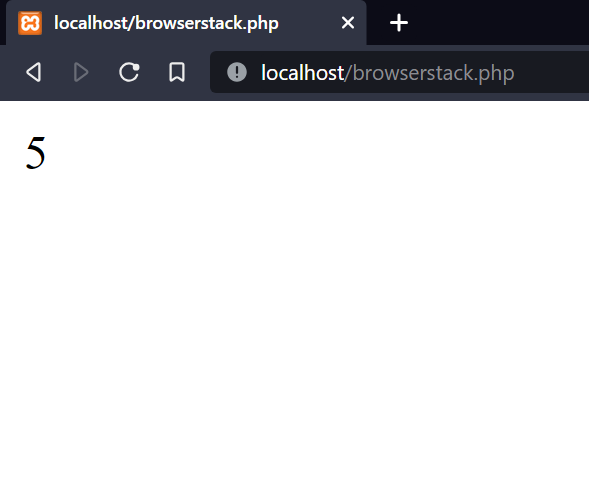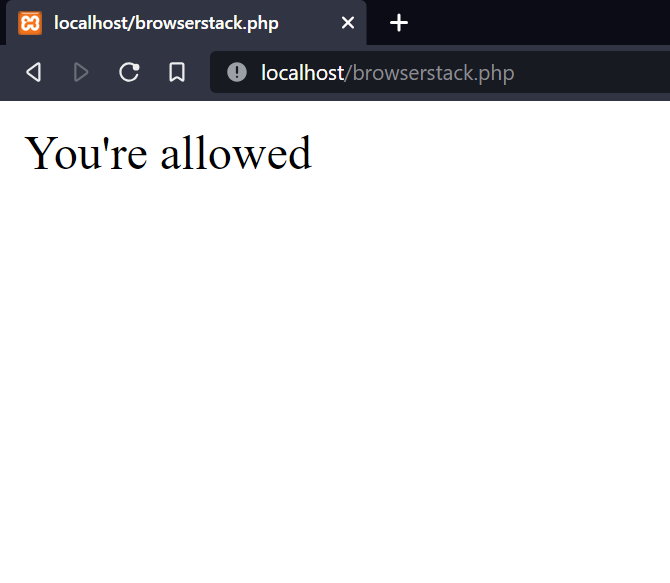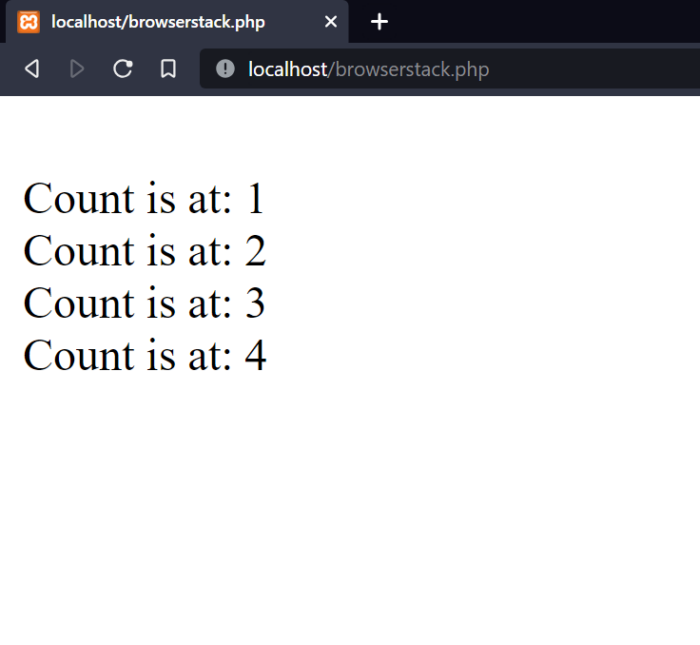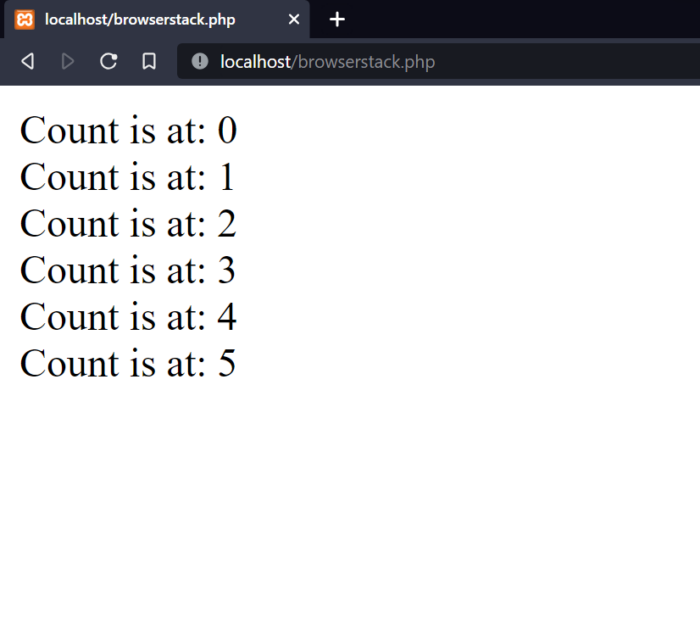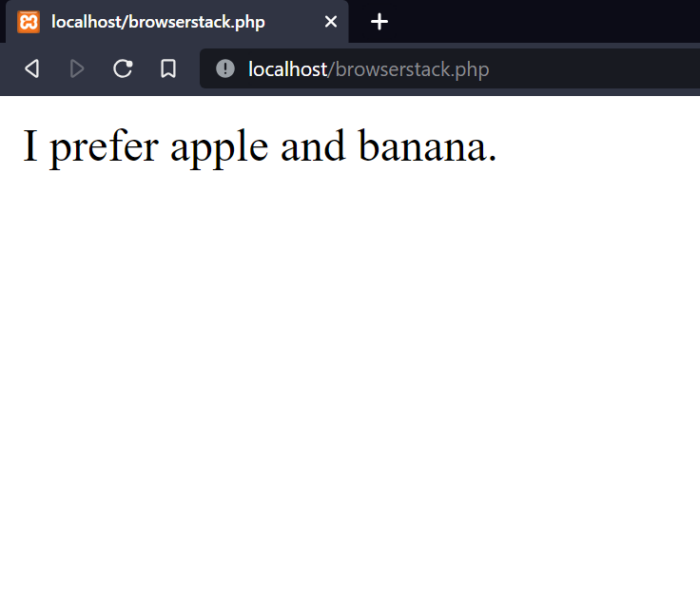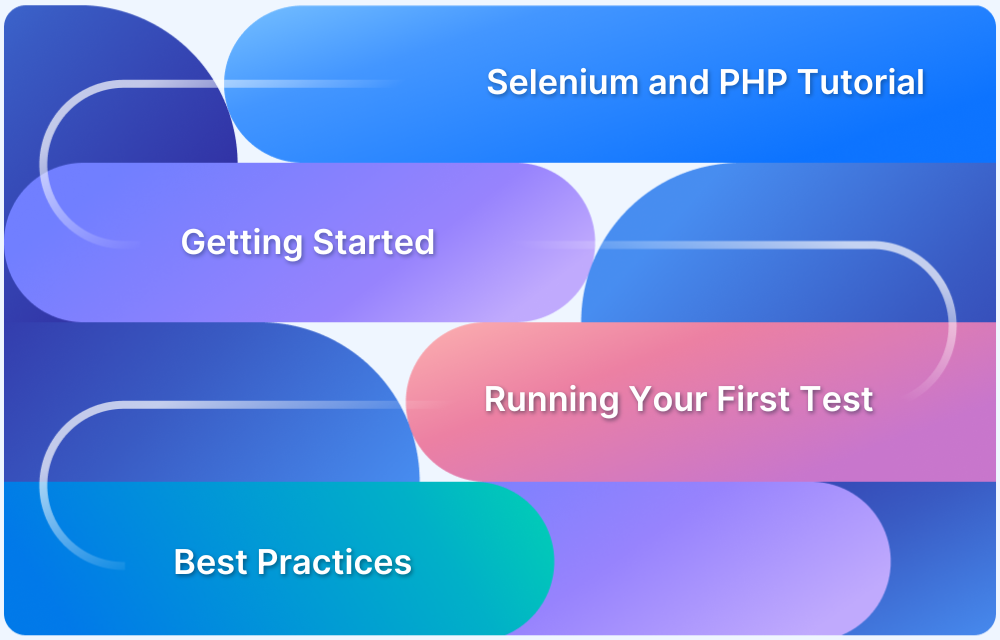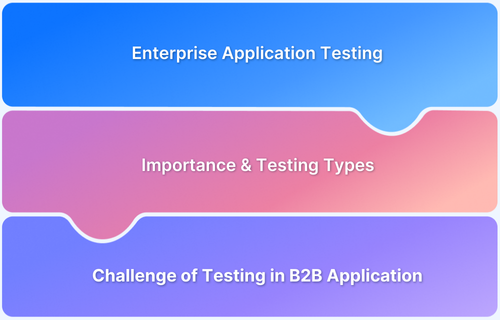PHP has been a core part of web development for more than two decades, powering some of the most popular platforms on the internet. From WordPress and Wikipedia to parts of Facebook, PHP plays an important role in creating dynamic and interactive websites.
Overview
PHP is a server-side scripting language used to build dynamic and interactive web applications. It runs on the server and integrates effortlessly with HTML, making it a popular choice for web developers worldwide.
Key Aspects of PHP Web Development
- Server-side scripting for handling backend logic
- Seamless integration with HTML, CSS, and JavaScript
- Easy connection to databases like MySQL
- Support for form handling, session management, and file uploads
- Compatible with different content management systems like WordPress
Benefits of Using PHP
- Easy to learn and widely supported
- Open-source with a large developer community
- Fast performance with low resource consumption
- Compatible with all major operating systems, making it platform-independent
- Extensive library and framework ecosystem (Laravel, CodeIgniter, Symfony)
This article explores PHP, why it’s used in web development, and the tools and IDEs commonly used by developers. It also covers how to get started with setup and best practices for building efficient applications.
What is PHP for Web Development?
PHP, short for Hypertext Preprocessor, is a server-side scripting language that connects the front-end and back-end of a website. It enables developers to integrate PHP code within HTML, facilitating the creation of dynamic and interactive web pages.
Unlike client-side scripting languages, PHP code is executed on the server before the output is sent to the browser. This server-side execution gives PHP an edge in handling backend tasks such as processing form data, managing sessions, and communicating with databases efficiently.
Why is PHP used for Web Development?
PHP offers versatility, efficiency, and robust features, making it perfect for creating dynamic websites and applications. Here are some other reasons why it is popularly used for web development:
- Open-Source and Cost-Effective: PHP is free to use as an open-source language, offering significant cost savings. This also allows for constant updates and improvements from a large global community of developers, ensuring that PHP stays relevant and efficient.
- Excellent Database Integration: PHP integrates seamlessly with databases like MySQL, enabling efficient data storage and retrieval for dynamic websites, including e-commerce platforms and CMS.
- Speed and Efficiency: PHP is known for its fast performance in processing web requests, handling high traffic volumes, and delivering quick responses, making it suitable for large-scale web applications. It is also platform-independent, ensuring compatibility across various operating systems like Linux, Windows, and macOS.
- Easy to Learn and Use: PHP’s syntax is relatively simple compared to other server-side languages, making it easy for new developers to learn and get started.
- Strong Community and Support: With a large community of developers and extensive documentation, PHP offers excellent troubleshooting support and resources for continuous learning.
- Real-World Success: PHP is the base of some of the most widely used websites and platforms, such as WordPress, Facebook (in its early days), and Wikipedia. These real-world success stories demonstrate PHP’s ability to handle complex, data-driven applications at scale.
Considering PHP’s dynamic nature, testing your web application across different browsers and devices is essential for consistent performance. BrowserStack offers access to a real device cloud with 3500+ device and browser combinations, enabling seamless testing across diverse environments. Integrated into your CI/CD pipeline, it helps catch issues early, ensuring optimal performance across all platforms.
PHP-based Tools Used for Web Development
A well-developed PHP project often results from using various tools and technologies effectively. Here are five essential tools that help developers enhance their productivity and efficiency:
- Cloud9 IDE: A cloud-based, real-time collaborative IDE. It offers modern features and supports online code collaboration, making it ideal for remote teams.
- Xdebug: A popular debugging extension integrated into modern PHP IDEs. It is essential for troubleshooting and improving the quality of your PHP code.
- PHPUnit: A testing framework that ensures code reliability by writing unit tests for your PHP project. It is widely used to enhance test coverage and catch potential issues early.
- Behat: A testing framework that follows the Behavior-Driven Development (BDD) approach, enabling tests to be written in plain, understandable language. It fosters collaboration among developers, testers, and non-technical stakeholders.
- phpMyAdmin: A user-friendly MySQL database management tool that simplifies database creation and management with an interactive interface.
Read More: Popular PHP Software Testing Tools
Top PHP IDEs for Web Development
Choosing the right Integrated Development Environment (IDE) is crucial for PHP web development. The best IDEs offer robust features like syntax highlighting, code completion, debugging, and integration with version control systems.
Below are some of the top IDEs that can enhance productivity when working with PHP:
- Visual Studio Code: It is among the most popular IDE due to its specific features such as being lightweight, having a vast ecosystem, and supporting numerous extensions. It has all the features to easily build a PHP project in a suitable environment.
- PHP Storm: As the name suggests, this IDE is specifically designed for handling PHP projects, and provides powerful features such as built-in debugging tools and integration with version control systems such as git.
- Atom: It is an open-source IDE developed by GitHub, which can be turned into an easy-to-understand PHP environment text editor.
- Eclipse: Eclipse is a full-fledged IDE with a feature-rich PHP environment that is the one-roof solution to all the project requirements such as debugging, integration with third-party tools, and more.
- Zend Studio: A commercial IDE focused on PHP with advanced debugging, profiling, and testing, ideal for enterprise-level projects.
- Sublime Text: A fast, lightweight text editor with PHP support and plugins for code completion and version control.
- NetBeans: A free, open-source IDE that supports PHP with features like debugging, code completion, and integration with popular frameworks.
Read More: Best PHP Debugging Tools
Getting Started with PHP for Web Development
To begin developing with PHP, it’s essential to set up the development environment and understand the core concepts that drive PHP-based web applications.
Prerequisites of the PHP Setup Configuration
- Xampp (an abbreviation for cross-platform, Apache, MySQL, PHP, and Perl). It is an open-source tool that helps in building a local server on your computer. Xampp is an ideal framework to test the functionality of applications based on several technologies, such as PHP, Perl, Apache, and MySQL.
- Any IDE to write the code. In this example. Let us use VS code.
You can download Xampp from its official website. Download the software based on the operating system you’re going to use.
After Installing Xampp, launch the application, and you will see a window as shown above. Start the Apache and MySQL servers from here by clicking on Start corresponding to each of them.
Create a new PHP file in the “htdocs” folder located under the “XAMPP” folder on the drive where it is installed. A PHP file is saved with the extension “.php“.
Open any web browser and enter “localhost/filename”. This will launch the PHP file that is stored inside the htdocs folder. For example, launch the file by entering the following URL on the browser, localhost/browserstack.php.
Paste the following code inside the file and hit the URL to see the output on the browser window. This is also how you are now able to run your first PHP Script.
<!DOCTYPE html> <html> <body> <?php echo "<h2>Hello World</h2>"; ?> </body> </html>
Now, you have created your first PHP code.
PHP Basics for Web Development
1. Variables
Variables are containers of data that can be used to store data of different types such as numbers, strings, objects, and more. In PHP, a variable name starts with a ‘$‘ sign. Here’s an example to understand better.
<?php $x = 3; $y = 2; echo $x + $y; ?>
2. Operators
Just like in any other programming language, you can also perform arithmetic operations in PHP. These operators are used widely in websites for several purposes.
Here is an example:
echo 3 + 2;
3. Functions
Functions are reusable blocks of code that are assigned some name to use anywhere throughout the document. Now create a function that, when given two numbers, returns the sum of those numbers.
<?php
function addNum(int $num1, int $num2) {
return $num1 + $num2;
}
echo addNum(3,2);
?>4. Conditional Statements
In certain cases, it may be necessary for code to execute only under specific conditions; otherwise, it should be skipped. This can be achieved by applying conditions in the code using ‘if..else’. Here’s an example to illustrate this.
<?php
$age = 50;
if ($age>18) {
echo "You're allowed";
}
else {
echo "Not allowed";
}
?>5. Loops
Loops are programming constructs that are useful in executing a block of code repeatedly to meet a desired condition. There are certain types of loops such as, for loop, while loop, for-each loop, and do-while loop. Below are different looping techniques in PHP.
- for loop
<?php
for ($x = 0; $x <= 5; $x++) {
echo "This is repeated $x time <br>";
}
?>- while loop
<?php
while($x < 5) {
echo "Count is at: $x <br>";
$x++;
}
?>- do-while loop
<?php
$x = 0;
do {
echo "Count is at: $x <br>";
$x++;
} while ($x <= 5);
?>6. Arrays
An array in PHP is a special type of data container that stores multiple pieces of similar types of data under the name of a single variable. Array plays an essential role in managing data efficiently. Here is an example to understand Array better.
<?php
$fruits = array("apple", "mango", "banana");
echo "I prefer " . $fruits[0] . " and " . $fruits[2] . ".";
?>Best Practices for Using PHP Web Development
Following the right approach to building your PHP application can enhance functionality and reduce errors. To ensure efficient and secure development, here are some best practices for optimizing PHP in web development:
- Consistent Code Patterns: Adopting a consistent coding style makes your code easier to read and maintain. It enhances collaboration with other stakeholders and ensures smoother code reviews.
- Use Proper Testing Strategies: Automated testing helps assess the reliability of your PHP application, allowing you to identify and fix issues before launch.
- Avoid Code Duplication: Reusing code where possible helps reduce redundancy, making your application more maintainable and improving performance.
- Prioritize Safety and Security: Always work with the latest PHP version, use HTTPS for secure data transmission, and regularly test your application for vulnerabilities to safeguard against threats.
For efficient and seamless testing of your PHP applications, BrowserStack Automate offers a cloud-based platform that supports automated testing for web apps. It works with various test automation frameworks and languages, including PHP.
With access to a Selenium grid, real devices, and seamless CI/CD integrations, BrowserStack allows you to run parallel tests, ensuring your PHP applications perform flawlessly across all browsers and devices.
Conclusion
PHP provides the flexibility to create dynamic and interactive web applications. By using the right tools and following best practices, developers can ensure their PHP projects remain secure, maintainable, and high-performing.
Automated testing tools like BrowserStack further enhance the development process by allowing for cross-browser and cross-device testing, ensuring that your PHP applications provide consistent and seamless user experiences.






